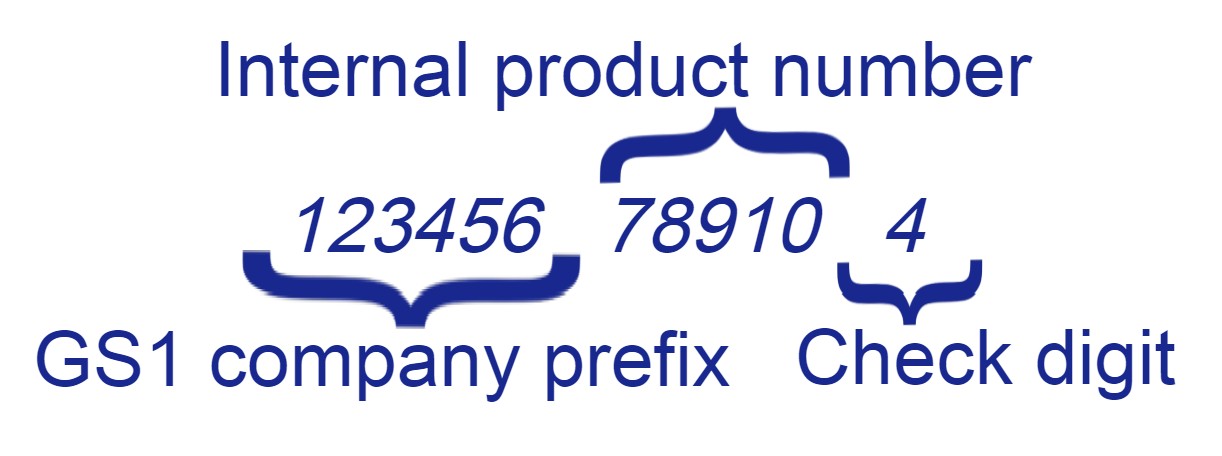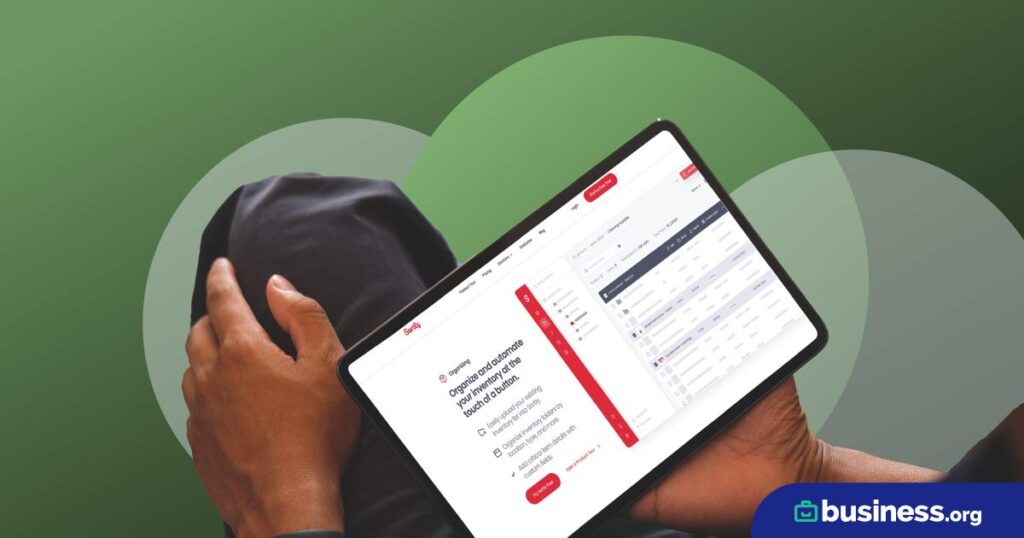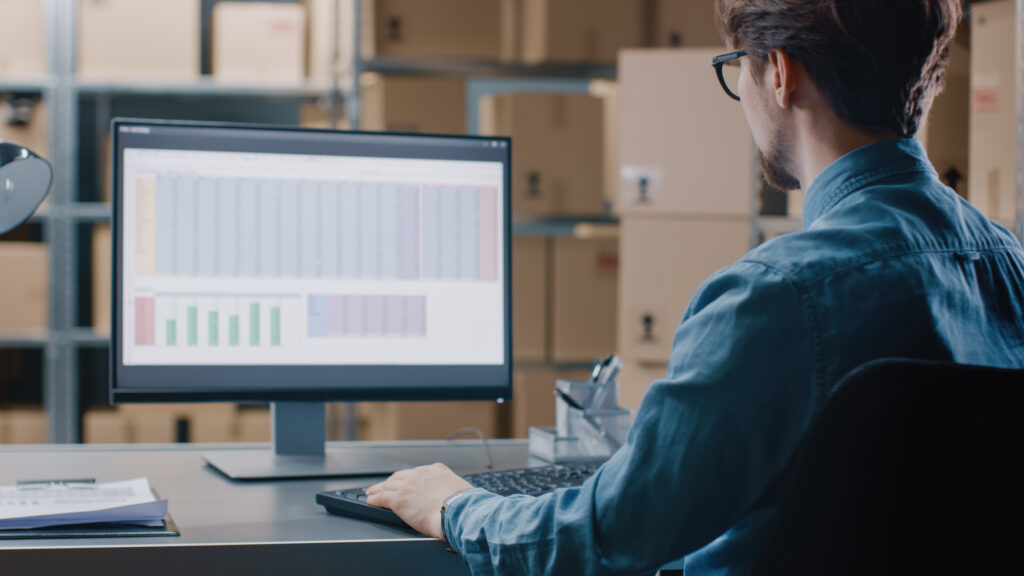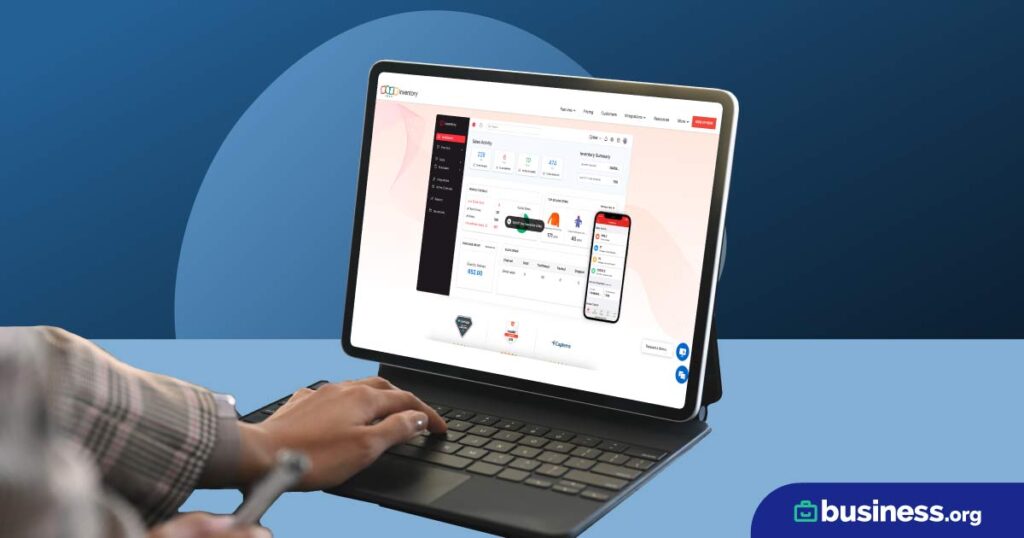We are committed to sharing unbiased reviews. Some of the links on our site are from our partners who compensate us. Read our editorial guidelines and advertising disclosure.
What Is a Universal Product Code (UPC)?
Thinking of expanding your business to include B2B sales? Want to market your goods on an online marketplace like Amazon? If so, you’ll need universal product codes (or UPCs) for your items.
UPC barcodes aren’t just a series of random digits. UPC numbers are highly specific, and they must be unique. The good news is they’re fairly easy to get once you know the ins and outs. That’s where we come in.
What is a UPC code?
UPC numbers are 12-digit numeric codes that are assigned to specific products. These codes are universal, so they follow your product across retailers. That means anyone can scan your UPC, and it’ll register as your product.
UPCs are also distinct, meaning each item in your catalog will need its own unique UPC code—even variants of an item (like a T-shirt in five different colors).
UPCs are regulated by the GS1 US, part of an international standards organization that maintains the guidelines for product identification and registration. Because the GS1 US is part of an international organization, that also means your UPC can be used as a global trade identity number (GTIN) or European article number (EAN)—useful if your company does a lot of international trade.
Anatomy of a GS1 UPC code
Every digit in a UPC code means something.

The first six to nine digits of a UPC are your GS1 company prefix: a unique identifier assigned to your business by the GS1. Once you get a GS1 company prefix, it automatically becomes the first string of numbers in all your UPCs.
The next two to five digits of your UPC are up to you, but most companies use part or all of their own internal SKU numbers. This allows you to more easily tie your UPC number to your internal product identifiers.
Finally, the last digit of the UPC is your check digit. This digit is calculated based on all the other digits in your UPC using an algorithm (though it’s usually best to use the free GS1 check digit calculator to ensure it’s right). This essentially ensures that none of your UPCs are ever the same.
What a UPC isn't
UPC symbols look like regular barcodes, so new business owners often get their UPCs mixed up with other important product numbers, like SKUs, ASINs, and manufacturer codes. Here’s a brief rundown of how these codes are different from UPCs.
SKU
SKUs are internal product numbers. Unlike UPCs, they can include letters and numbers, and they can be any length. Some businesses opt to print their SKUs on their UPC labels for easier internal product identification. You can even set up your inventory system to automatically translate your UPC barcode into your product SKU number (if you prefer to identify products by their SKU). But while SKUs and UPCs are closely tied, they’re not quite the same thing.
To learn more about these internal product numbers, check out our complete guide to SKUs. You can also read our complete breakdown of SKUs vs. UPCs to get more info about how these numbers differ.
ASIN
Short for Amazon standard identification number, an ASIN is an internal product number used exclusively by Amazon. In some cases, the ASIN may be a derivation of your product’s UPC, but not always.
Manufacturer code
Manufacturers often label the products they create with special item reference numbers, often called manufacturer codes. These numbers allow manufacturers to identify their products (no matter where they’re used or sold), track batch numbers, and pinpoint the components used to create the item. These numbers are helpful for manufacturers, but they should have no bearing on your product’s UPC.
By signing up I agree to the Terms of Use and Privacy Policy.
When do you need a UPC?
The main benefit of a UPC is that it follows your product no matter where it’s sold. That marks your product as your intellectual property and allows consumers to trace your products back to you. And since a UPC can be recognized by any inventory system, it makes it easier to transfer your items to another retailer.
In general, we recommend getting UPCs for your products anytime you plan to sell them outside your retail business. If you’re an Amazon seller, UPC codes are required because Amazon uses your UPC to quickly and easily scan in your items.
Even if you’re not planning to sell your items outside your own business, we still think UPCs are a worthwhile investment. UPCs protect your retail merchandise so other companies can’t buy up your stock, resell it, and draw customers away from your business.
How to get UPC codes for your products
1. Get a GS1 US company prefix
To get a GS1 company prefix assigned to your business, you have to fill out an online application and sign up for a prefix capacity plan. This plan determines the number of UPCs you can register under your company’s prefix.
GS1 prefix pricing schedule
Data effective 7/30/20. At publishing time, pricing and features are current but are subject to change. Offers may not be available in all areas.
While a prefix capacity plan can be expensive, it’s well worth the price since it essentially marks your ownership of your product. Just be sure to sign up for a plan that can accommodate the long-term needs of your business since you can’t upgrade your plan once you’ve signed up.
2. Assign unique product codes
Once you have your company prefix, you can start assigning internal product numbers to your items. While many companies use some or all of the item SKU in their UPC barcodes, you’re certainly free to choose your own digits for each product. The only thing you have to do is make sure each product has a unique UPC code.
3. Generate your check digit
After you’ve added your company prefix and your internal product code, it’s time to generate your check digit. The check digit is calculated based on an algorithm monitored by the GS1, and it’s based on the other digits in your UPC barcode. While you can calculate your check digit manually, it’s a lot simpler to use a calculator.
4. Order your UPC barcodes
Now that your UPC barcode number is complete, you’ll need to register it with the GS1. That way, your product info gets officially tied to the number you’ve created.
From there, you can work with your manufacturer to print barcode labels on your items. Or you can input your digits into a barcode generator, then print your barcodes and label your items yourself—your choice.
FAQ about UPCs
A universal product code (or UPC) is a unique product number. It follows a regulated number system, monitored and enforced by the GS1 US. Barcodes, on the other hand, are visual symbols made of parallel lines. UPCs and SKUs are often translated into barcodes, allowing retailers to quickly pull up product information without having to manually enter long strings of numbers.
You can use a product’s UPC to identify the company that created it. The first six to nine digits of a UPC are the company prefix of the business that originally made and sold the item. You can easily pull up this information using a simple barcode reader.
Global trade item numbers (GTINs) and European article numbers (EANs) are forms of international product numbers. Unlike UPCs, GTINs and EANs are 13 digits long (instead of 12). But since they’re also regulated by the GS1, UPCs are considered valid GTINs and EANs—just add a 0 to the beginning of your UPC.
If you need a UPC code but don’t want to spend the big bucks on getting your own GS1 company prefix, it is possible to buy a UPC through a third party. The problem? You may wind up with a collection of GS1 barcodes that are all listed under other companies. That’s a big problem if you’re trying to prove intellectual property, since the company that owns the prefix also owns the UPC.
You also want to be careful that you’re buying your UPC number through a reputable reseller. If your check digits don’t line up or your UPC is just a random string of numbers without a registered GS1 company prefix, marketplaces like Amazon may reject your UPC.
The takeaway
Universal product codes are vital for companies looking to diversify their sales through international trade and online marketplace selling. However, there’s more to UPC numbers than stringing together a few digits.
UPCs are tied to your product information, and they follow your items across retailers. This makes them convenient, but it also means they’re highly regulated. To get a valid UPC, you’ll need to sign up for a GS1 company prefix and calculate the check digit for each item.
While it may seem like a lot of work, UPCs are worth it for many wholesalers and retailers who want to protect their intellectual property and facilitate sales through online marketplaces like Amazon.
Still not sure if you want to use SKUs or UPCs? Check out this SKU vs. UPC comparison to learn more about the pros and cons of each type of product number. Then once you’re ready to get started, read up on the best barcode scanners for your business.
Disclaimer
At Business.org, our research is meant to offer general product and service recommendations. We don't guarantee that our suggestions will work best for each individual or business, so consider your unique needs when choosing products and services.








